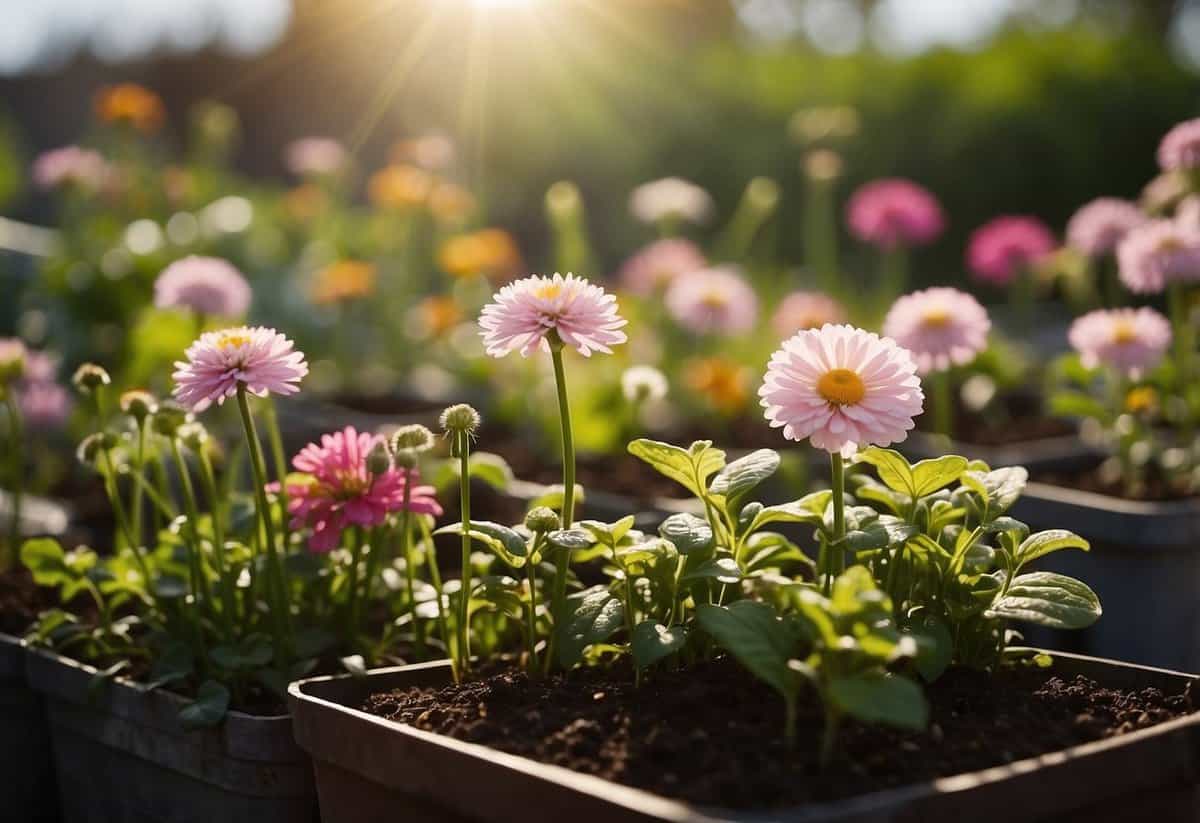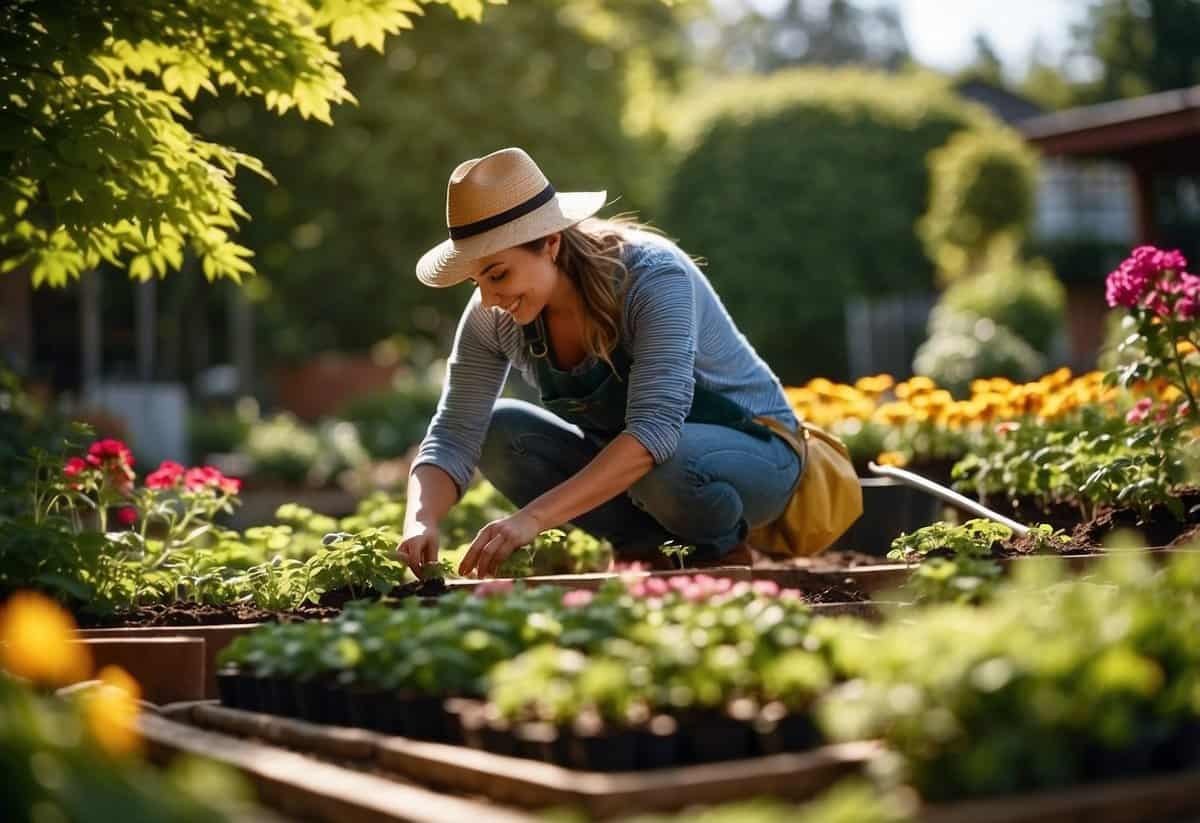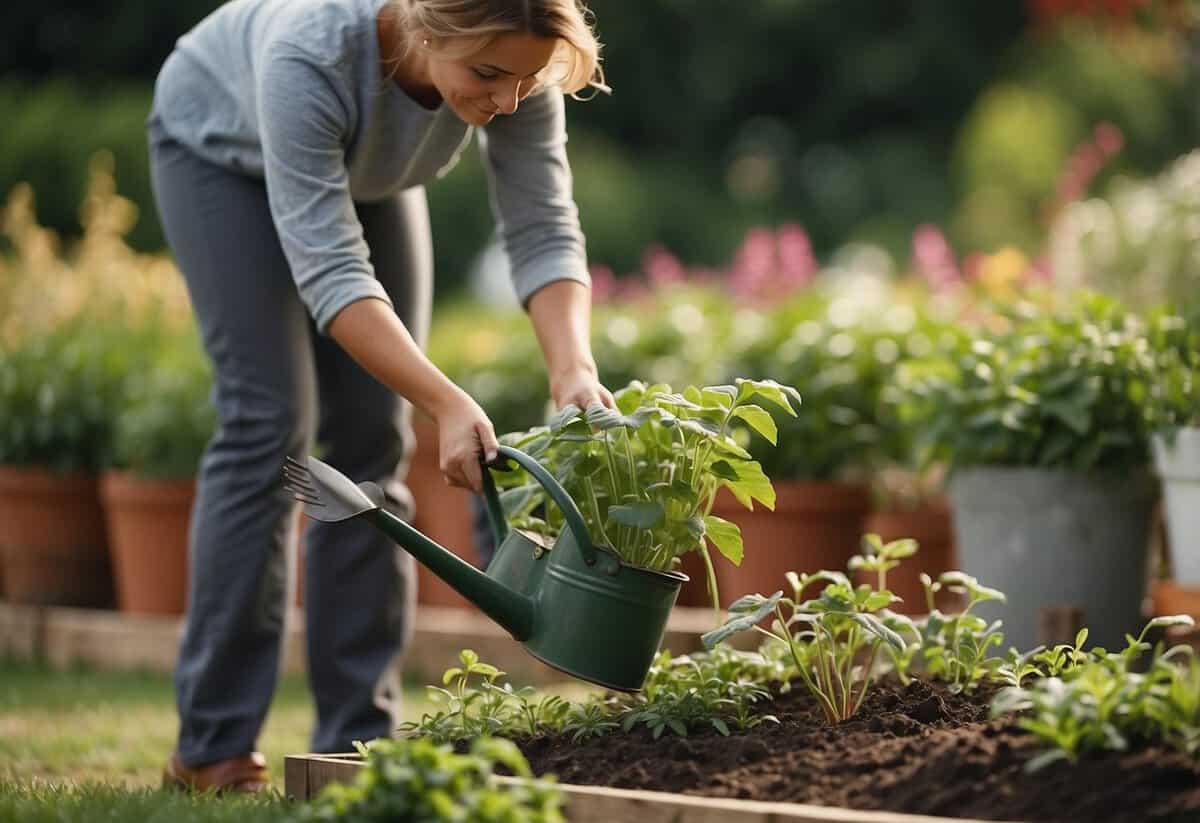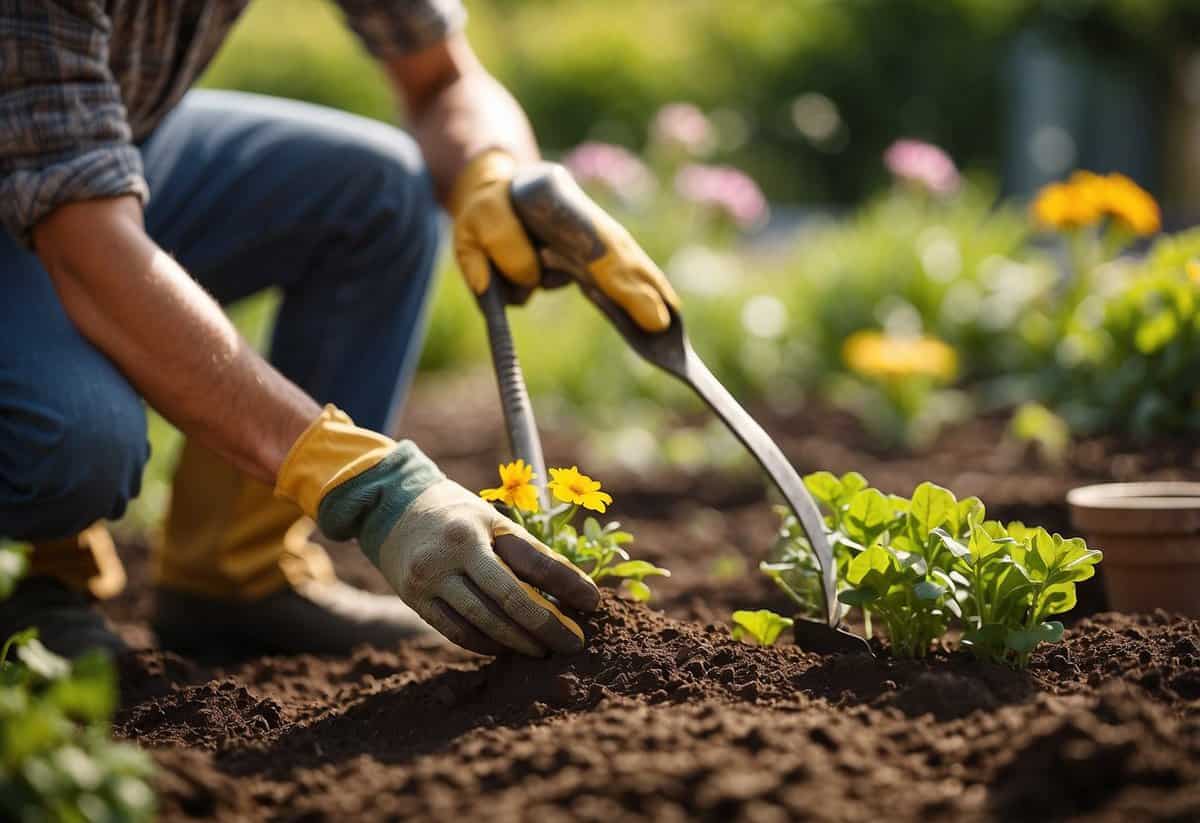What Level of Exercise is Gardening? Discover the Benefits
Thinking about trying gardening as a form of exercise? You might be surprised to learn just how beneficial it can be for both your body and mind. Gardening involves physical activity like digging, pushing, and lifting, engaging your arms, legs, shoulders, back, and abdomen. The CDC considers it a moderate-intensity activity, which means it can help you meet your weekly exercise goals.

Gardening not only counts as exercise but also reduces stress and boosts your mood. When you’re out in the garden, working with your hands and tending to plants, you naturally relieve stress and anxiety. According to the Mayo Clinic Health System, these activities can lighten your mood and contribute to better mental health overall. It’s gratifying to see the tangible results of your efforts.
Besides the physical and mental benefits, gardening connects you with nature and provides a sense of accomplishment. You’ll be outside, enjoying fresh air and sunshine while possibly interacting with other gardeners. Not only does this activity help you stay fit, but it also allows you to grow your own food and create beautiful surroundings, adding immense personal satisfaction to your day. Explore why so many find joy in the garden and discover the full range of health benefits it offers.
Understanding Gardening as Exercise

Gardening can be a great way to stay active while enjoying the outdoors. It offers benefits for both calorie burning and muscle strengthening. Understanding how gardening fits into your overall fitness routine is essential.
Gardening Intensity Levels
Gardening can vary in intensity. Some tasks like raking, weeding, and trimming are moderate-intensity activities. According to the CDC, spending 30-45 minutes on these tasks can burn up to 300 calories. On the other hand, activities such as digging or lifting can increase the effort, engaging larger muscles and providing greater strength training.
When gardening for exercise, try to involve large muscle groups. For example, use your quadriceps, buttocks, and torso for tasks like lifting. This can enhance your strength and endurance. Gardening should be performed for at least 8-10 minutes to count toward your weekly exercise goals.
Comparing Gardening to Other Exercises
When comparing gardening to traditional exercises like walking or biking, it’s useful to note that gardening can burn a similar number of calories. Tasks performed for 30-40 minutes are roughly equivalent to moderate-intensity activities like cycling. This makes gardening an effective way to stay fit, especially for those who enjoy working outdoors.
Gardening also engages all major muscle groups, including the arms, legs, shoulders, back, and abdomen. This not only improves mobility but also helps with muscle building. Gardening activities like pushing, lifting, and digging count towards the weekly physical activity recommendations laid out by health organizations.
Incorporating gardening into your routine provides benefits similar to other traditional workouts while allowing you to enjoy the beauty of nature.
Health and Fitness Impacts of Gardening

Gardening offers numerous benefits for both your muscles and overall health. It can target specific muscle groups and help manage or prevent many major health conditions.
Muscle Groups and Functional Movement
Gardening is an excellent way to engage various major muscle groups. When you dig, lift, and haul, you work your arms, shoulders, and back muscles. Activities like weeding and planting also improve hand strength and dexterity.
In addition, gardening often involves squatting and bending, which can help strengthen your legs and core. This type of functional movement is beneficial for physical fitness. It’s comparable to other forms of moderate exercise, according to the CDC.
Benefits for Major Health Conditions
Gardening has significant benefits for those with or at risk of various health conditions. It can lower high blood pressure and blood sugar levels, making it helpful for managing heart disease and type 2 diabetes.
The physical activity involved may reduce the risk of osteoporosis and stroke. Regular gardening can also help in managing obesity by burning calories similar to a gym workout.
Moreover, spending time in the garden has mental health benefits. It can alleviate depression, reduce stress, and improve cognitive function. The natural sunlight exposure even boosts your immune system and vitamin D levels, as noted by the Mayo Clinic.
Practical Gardening Exercises

Gardening is more than just a hobby; it also provides a great way to exercise. From digging to planting, each activity works different muscle groups.
Gardening Activities as Workouts
Digging is a full-body workout. It engages your arms, shoulders, and back. To avoid strain, make sure to bend your knees when lifting the shovel.
Raking offers a good cardiovascular workout and improves your upper body strength. Switch sides often to ensure both arms get equal exercise.
When weeding, use the opportunity to practice squats. Bend from your knees, not your back, to pick the weeds. This helps strengthen your legs and avoid back strain.
Planting involves bending and stretching. Use these movements to improve your flexibility. Kneel on a pad to protect your knees and alternate between kneeling and standing.
Mowing the lawn with a push mower can be as effective as a gym workout. It increases your heart rate and works out your legs and core muscles.
Lifting bags of soil or pots helps build your upper body and core strength. Always lift with your legs to prevent back injuries.
Warm-Up and Cool-Down Routines
Start your gardening session with some warm-up exercises to get your body ready. Simple leg stretches and arm circles can increase blood flow and reduce the risk of injury.
Incorporate functional movement exercises. Squats and lunges are great warm-up activities. They mimic movements you will use while gardening, like bending and lifting.
While gardening, take breaks to stretch. Stretch your arms, back, and legs to maintain flexibility. Simple movements like reaching for the sky or touching your toes can make a big difference.
After gardening, a cool-down is essential. Gentle stretching and walking can help relax your muscles. Focus on the areas you’ve used the most, like your back, legs, and shoulders.
Mental and Emotional Benefits of Gardening

Gardening can have a profound impact on your mental and emotional well-being. From reducing stress to fostering a sense of community, these benefits are both wide-ranging and deeply personal.
Stress Relief and Relaxation
Gardening provides a natural way to ease tension and anxiety. Engaging with plants and soil encourages mindfulness, allowing you to focus on nurturing growth rather than daily worries. The activity serves as a form of horticultural therapy, helping to lower stress levels and promote relaxation.
Physical activity in gardening, such as digging and planting, promotes the release of endorphins, the body’s feel-good hormones. This not only boosts your mood but also helps in reducing symptoms of depression. Additionally, being outdoors and soaking in natural sunlight can improve your overall mental health and uplift your spirits.
Gardening for Community and Mental Well-being
Participating in a community garden can enhance your sense of belonging and improve mental well-being. It offers an opportunity to interact with others who share a common interest. This sense of community can alleviate feelings of loneliness and isolation, which were particularly prevalent during the Covid-19 pandemic.
Community gardens are also spaces where you can share tips, seedlings, and even harvests. This cooperation fosters a shared sense of accomplishment and purpose. Working towards a common goal with neighbors can strengthen bonds and build supportive networks, which are crucial for maintaining good mental health.
Maximizing the Benefits of Gardening

Gardening offers numerous health perks, from improving your fitness to enhancing your mental well-being. To get the most out of your gardening time, consider these tips:
Balance is critical. Incorporate a mix of activities like raking, digging, and planting to work different muscle groups. This variety helps improve your flexibility and boosts overall strength.
Soak up Vitamin D from the sun by spending time outdoors. Sunlight exposure is essential for bone health and mood enhancement. Remember to wear sunscreen to protect your skin.
Growing your own fruits and vegetables not only ensures you eat fresh, healthy foods but also provides a sense of accomplishment. This can be very rewarding and can lower stress levels.
Participate in community gardens to foster connections with others. These gardens provide an opportunity to share tips and resources, and build a support network.
Maintain a regular routine. Just like any other exercise, consistency is key. Aim to spend at least 30 minutes gardening most days to see significant improvements in your health.
Here are some quick tips:
- Stretch before and after gardening to prevent injury.
- Use ergonomic tools to reduce strain.
- Stay hydrated and take breaks as needed.
By following these tips, you can maximize the benefits of gardening and enjoy this fulfilling activity even more.







